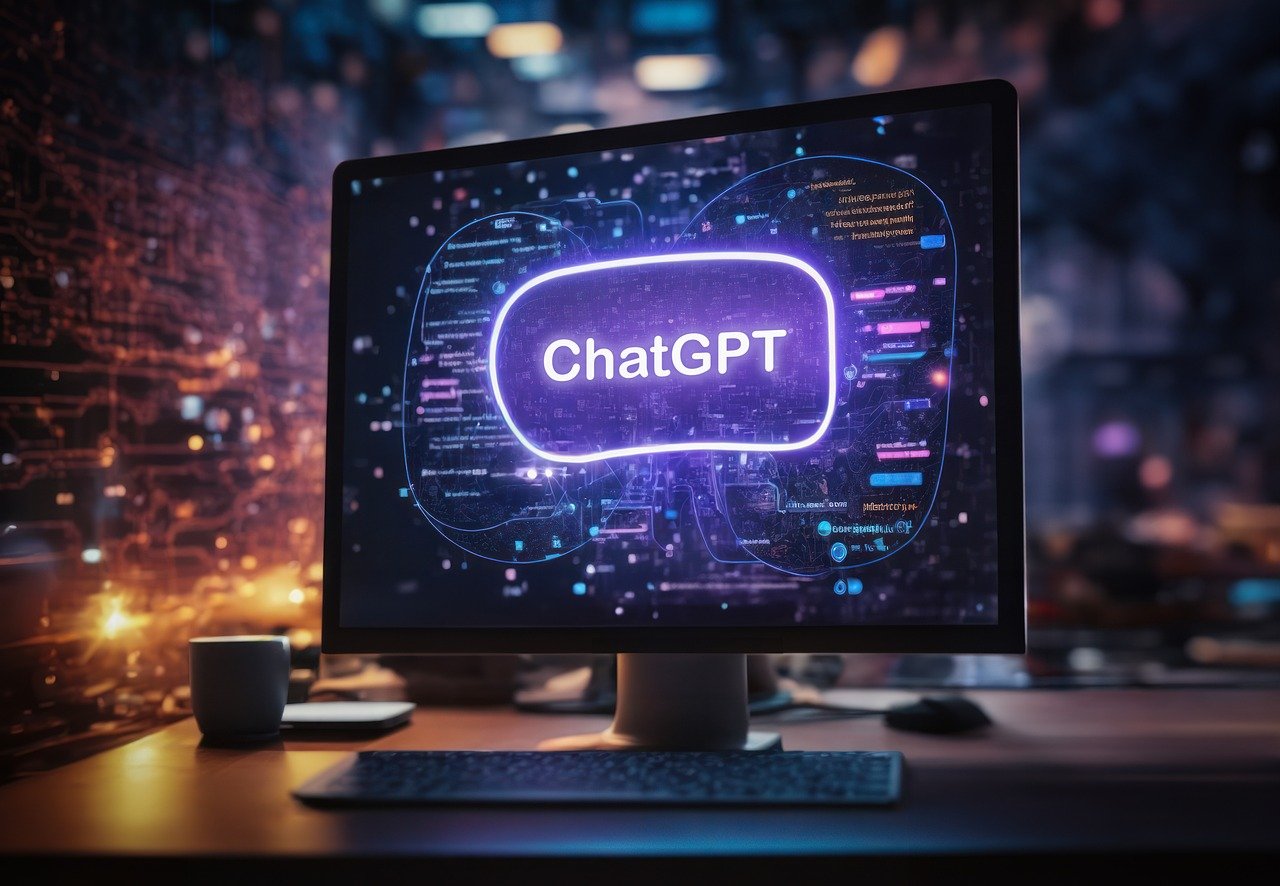Chatbots are like virtual assistants that use artificial intelligence (AI) to interact with users through text or voice messages. They’re designed to simulate human conversation, understanding natural language and responding in a way that feels like chatting with a real person.
Businesses use chatbots to automate customer service, answer common questions, and provide information instantly. For example, you might encounter a chatbot on a website offering help with ordering products, tracking shipments, or resolving issues. Chatbots can handle multiple customer inquiries simultaneously, providing round-the-clock support without human intervention.
In addition to customer service, chatbots are used for lead generation, marketing campaigns, and personalized recommendations based on user preferences. They can guide users through complex processes, such as booking flights or scheduling appointments, making interactions more efficient and convenient.
Behind the scenes, chatbots use natural language processing (NLP) and machine learning algorithms to understand user queries and provide relevant responses. This technology allows chatbots to continuously learn and improve their interactions, becoming more accurate and helpful over time.
Overall, chatbots streamline communication, enhance user experiences, and help businesses operate more efficiently by automating routine tasks and providing instant responses to customer inquiries. As AI and NLP technologies advance, chatbots are expected to play an even larger role in transforming how we interact with technology and businesses online.


Businesses use chatbots to make customer service faster and easier. Instead of waiting for a person to answer questions, you can chat with a bot instantly. They can help with things like ordering products, tracking deliveries, or finding information about services.
Chatbots also help with tasks like booking appointments or answering common inquiries. They work around the clock, so you can get help anytime, day or night. Behind the scenes, they learn from each conversation to become better at understanding and helping users.





